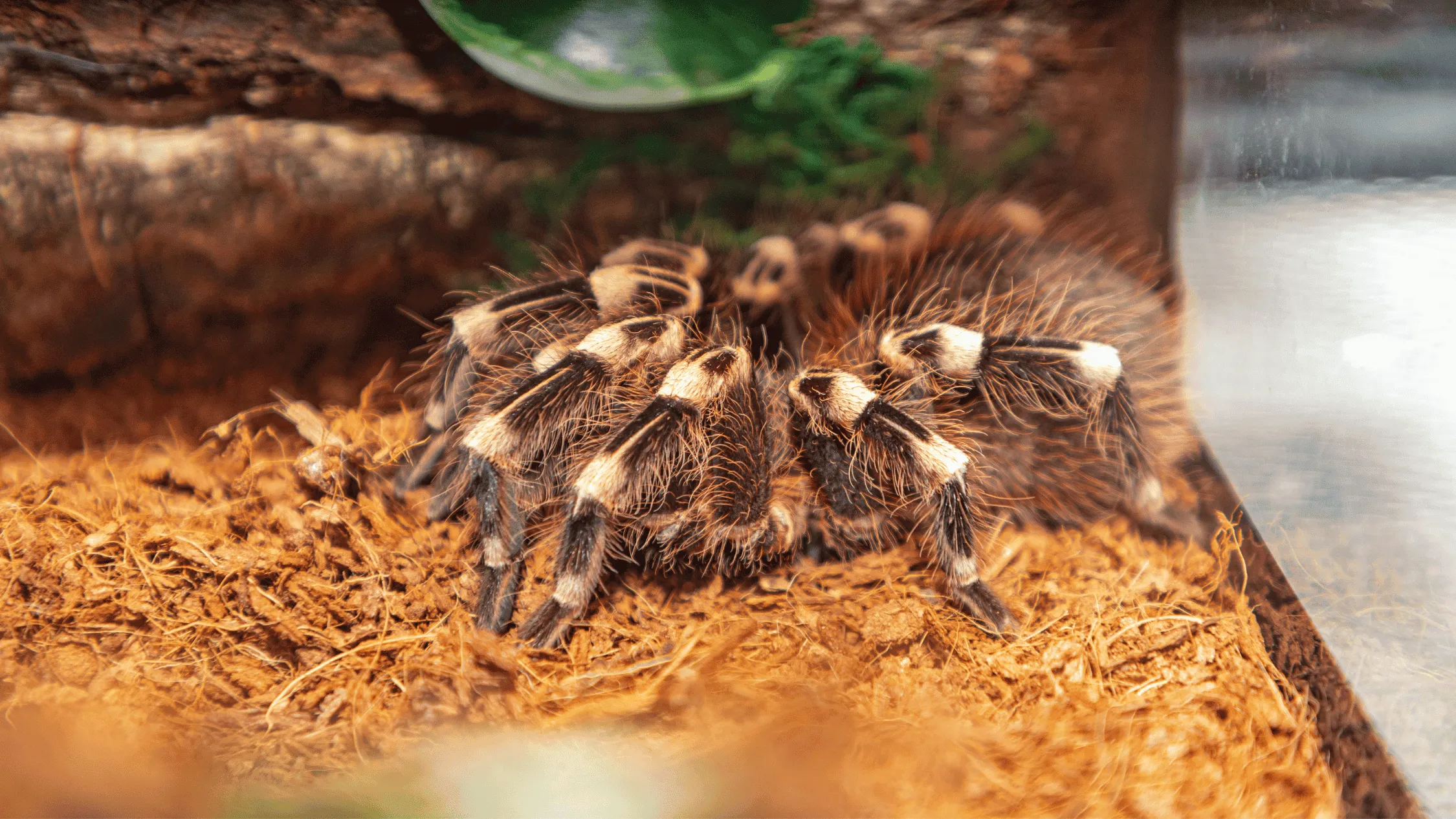Amazing Tarantula Pets 5 Facts That Will Surprise You
Tarantulas, with their intimidating appearance and mystique, have become increasingly popular as pets. But beneath the hairy exterior lies a fascinating creature with surprising characteristics. Owning a tarantula can be a rewarding experience, providing a unique window into the world of arachnids. Many people are initially drawn to their striking appearance and the relatively low maintenance they require compared to other pets. However, there’s much more to these eight-legged companions than meets the eye. This article unveils five surprising facts about tarantula pets that will deepen your appreciation for these amazing creatures and enhance your understanding of their care requirements.
What Makes Tarantulas Unique as Pets
Tarantulas stand out in the pet world due to their unique blend of characteristics. They’re relatively low-maintenance, requiring less direct interaction than dogs or cats. This makes them an appealing option for people with busy schedules or those living in smaller spaces. Their quiet nature and lack of need for walks or playtime further enhance their appeal. Moreover, tarantulas offer a captivating subject of observation. Their molting process, hunting behaviors, and intricate web-building (in some species) provide endless opportunities for fascination. The diversity among tarantula species, from the vibrant colors of the Brazilian Rainbow Tarantula to the imposing size of the Goliath Birdeater, adds to their allure, making each species a unique pet experience.
Tarantula’s Lifespan

One of the most surprising facts about tarantulas is their longevity. Female tarantulas can live for decades, often outliving their owners. Some species, like the popular Chilean Rose Hair, can live for 15-20 years or even longer in captivity. This lifespan is a significant commitment, requiring owners to plan for the long term. Male tarantulas, on the other hand, typically have shorter lifespans, often only living for a few years after reaching maturity. This difference in lifespan highlights the importance of understanding the specific needs of the tarantula species you choose, as well as the commitment required to provide appropriate care for the duration of its life.
Tarantula Size and Appearance
Tarantulas come in a remarkable array of sizes and colors, adding to their appeal. While many people think of them as large spiders, the actual size varies dramatically between species. Some, like the dwarf species, are only a few inches across, while others, such as the Goliath Birdeater, can have a leg span of over 10 inches. Their appearance also varies significantly, from the subtle browns and blacks of the common species to the vibrant blues, reds, and yellows of more exotic varieties. This diversity in size and appearance allows potential owners to choose a tarantula that suits their preferences and living situation. Understanding the adult size of your chosen species is critical for providing an appropriately sized enclosure.
Tarantula Behavior and Temperament
Contrary to popular belief, many tarantula species are relatively docile and not prone to biting. While they can bite if provoked or feel threatened, their primary defense mechanism is often to flick urticating hairs (small, irritating hairs) from their abdomen. However, temperament varies between species, and some are known to be more defensive than others. Researching the specific temperament of your chosen species is crucial. Handling tarantulas should be approached with caution and only if you are comfortable and knowledgeable about their behavior. Observe their body language, such as posture and hair-flicking, to gauge their mood and avoid unnecessary stress. Over time, you’ll learn to recognize the subtle cues that indicate your tarantula’s comfort level.
Tarantula Dirty Pets The Cleaning Requirements
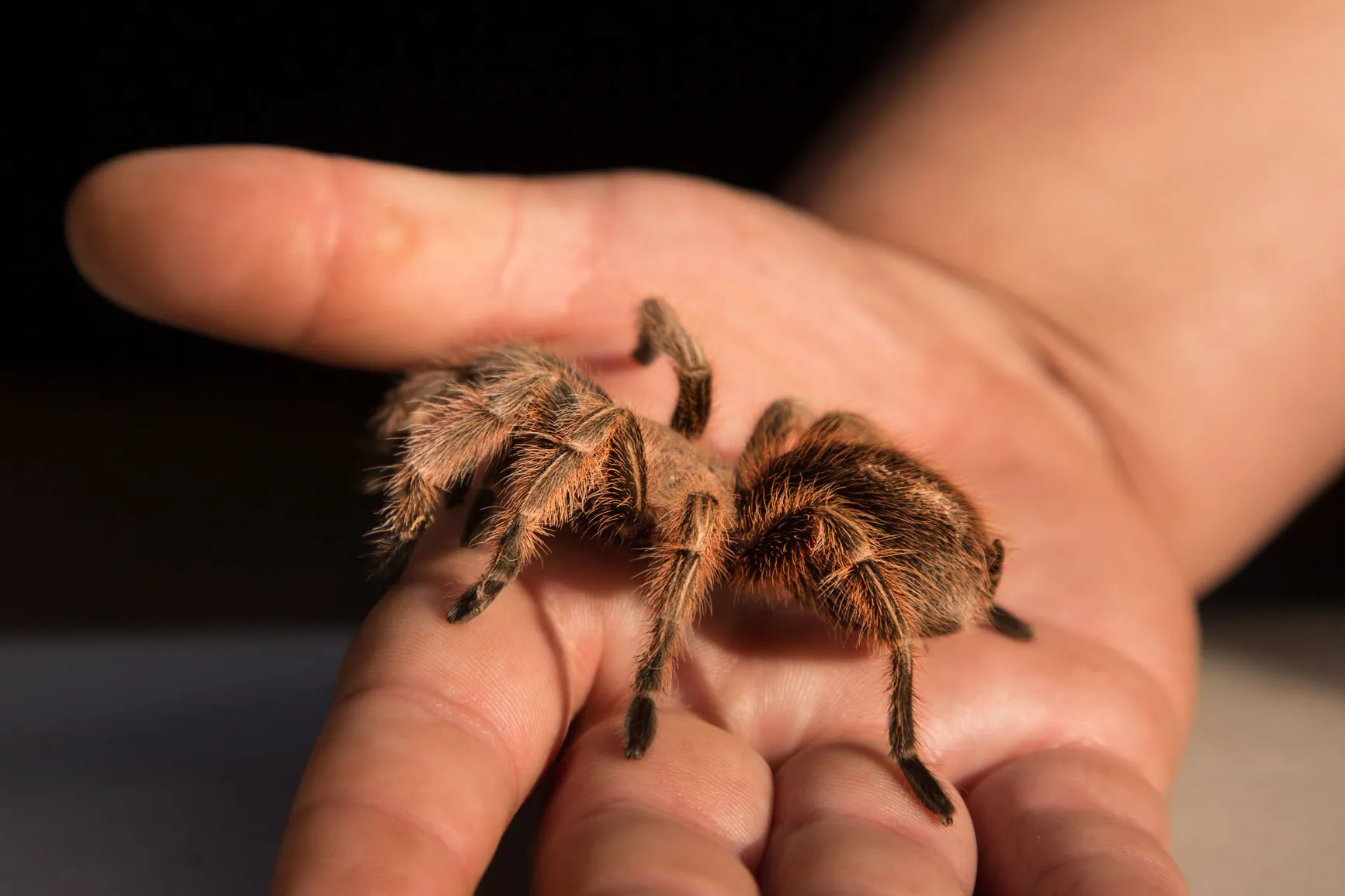
Maintaining a clean environment is vital for the health and well-being of your tarantula. While they may be low-maintenance in some respects, their enclosures still require regular cleaning to prevent the buildup of waste, mold, and bacteria. A dirty enclosure can lead to respiratory problems, fungal infections, and other health issues. Additionally, a clean environment enhances the visual appeal of the enclosure, making it a more pleasant habitat for both the tarantula and its owner. Regular cleaning helps to minimize odors and creates a healthier, more natural environment for your pet.
Cleaning the Tarantula Enclosure
Cleaning the enclosure involves several key steps. First, remove any uneaten food, which can attract mites and other pests. Regularly spot-clean the substrate, removing visible waste and debris. The frequency of this depends on the species and the size of the enclosure, but typically, spot cleaning should be done weekly. It’s also essential to replace the substrate periodically, typically every few months or as needed. When replacing the substrate, it’s a good opportunity to clean the entire enclosure, including the walls, decorations, and any hiding places. Use a mild, pet-safe disinfectant and rinse thoroughly to remove any residue.
Maintaining Optimal Humidity
Humidity plays a critical role in the health of a tarantula, as it aids in molting and overall well-being. The ideal humidity levels vary depending on the species, so research the specific requirements for your tarantula. To maintain proper humidity, use a hygrometer to monitor the levels regularly. Misting the enclosure with dechlorinated water can increase humidity. Providing a water dish is essential, allowing your tarantula to drink and helping to maintain humidity. The substrate also contributes to humidity levels. Choose substrate materials that retain moisture well, such as coconut fiber or peat moss. Adjust the amount of misting and ventilation based on the humidity readings to maintain optimal levels for your tarantula.
Substrate and Debris Removal
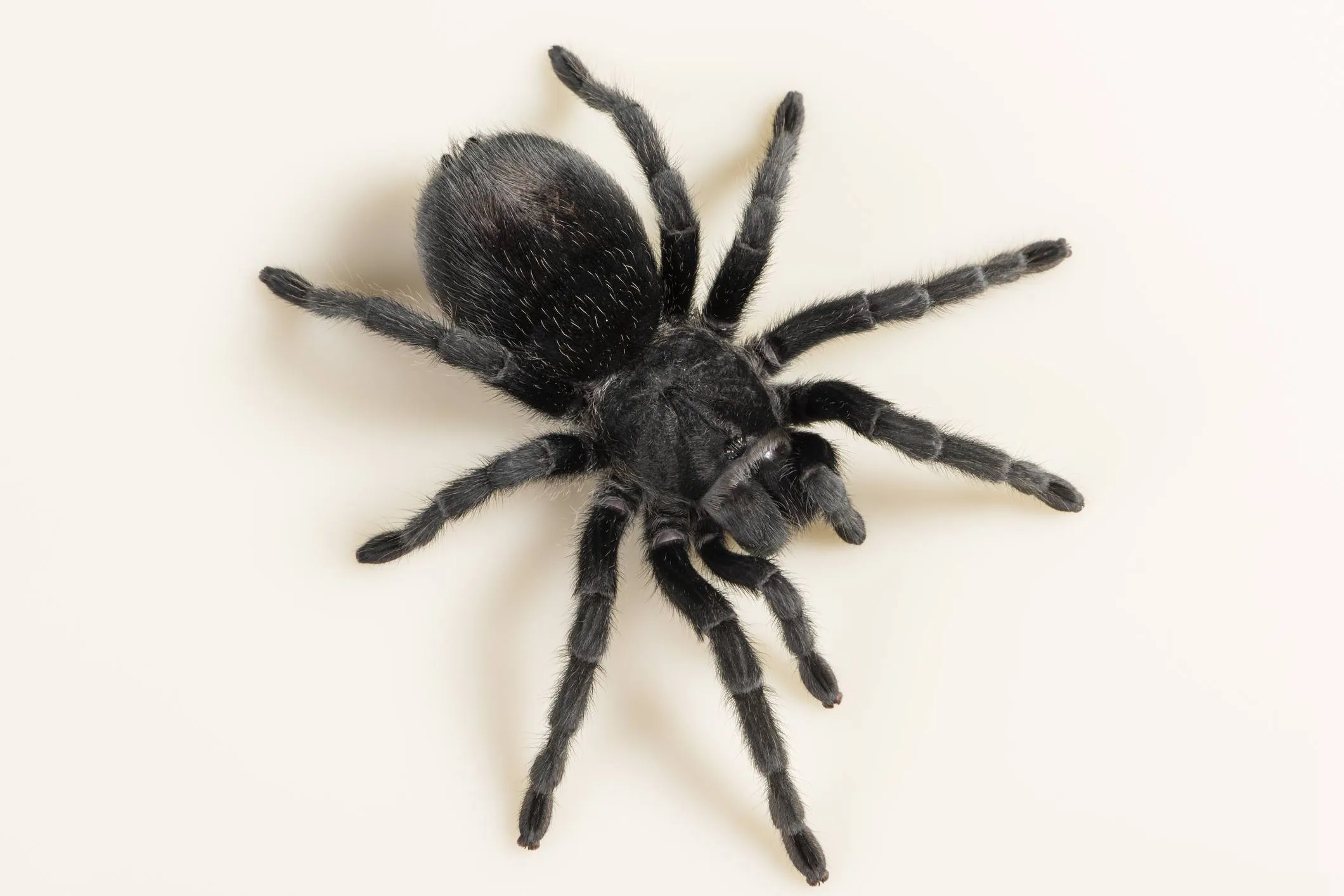
The substrate serves as the foundation of the tarantula’s habitat and requires regular maintenance. Spot-clean the substrate at least once a week, using tongs or a small scoop to remove visible waste, shed exoskeletons, and uneaten food. Avoid disrupting the tarantula too much during this process. When removing waste, be careful not to disturb the substrate excessively. The substrate should be replaced entirely every few months, depending on the species and enclosure size. When replacing the substrate, take the opportunity to disinfect the enclosure thoroughly. Ensure the new substrate is clean and appropriate for your tarantula species.
Tarantula Dirty Pets Feeding Habits
Understanding the feeding habits of your tarantula is crucial for its health and well-being. Tarantulas are carnivores and primarily feed on insects. The type of insect you offer, the frequency of feeding, and the overall diet play a significant role in their health. Providing a balanced diet ensures that your tarantula receives the necessary nutrients for growth and molting. Avoid feeding your tarantula insects that have been exposed to pesticides or chemicals, as these can be harmful. The feeding habits of tarantulas also offer a fascinating glimpse into their hunting behaviors and natural instincts.
What Do Tarantulas Eat
The diet of a tarantula typically consists of insects. Crickets, mealworms, and roaches are common choices due to their availability and nutritional value. The size of the prey should be appropriate for the size of your tarantula; as a general rule, the prey should be no larger than the tarantula’s abdomen. Variety is key to ensuring a balanced diet. Consider offering different types of insects to provide a range of nutrients. Before feeding, it’s essential to gut-load the insects by feeding them nutritious foods, like vegetables and fruits. This enhances the nutritional value passed on to your tarantula. Avoid feeding your tarantula wild-caught insects, as these may carry parasites or diseases.
Feeding Frequency
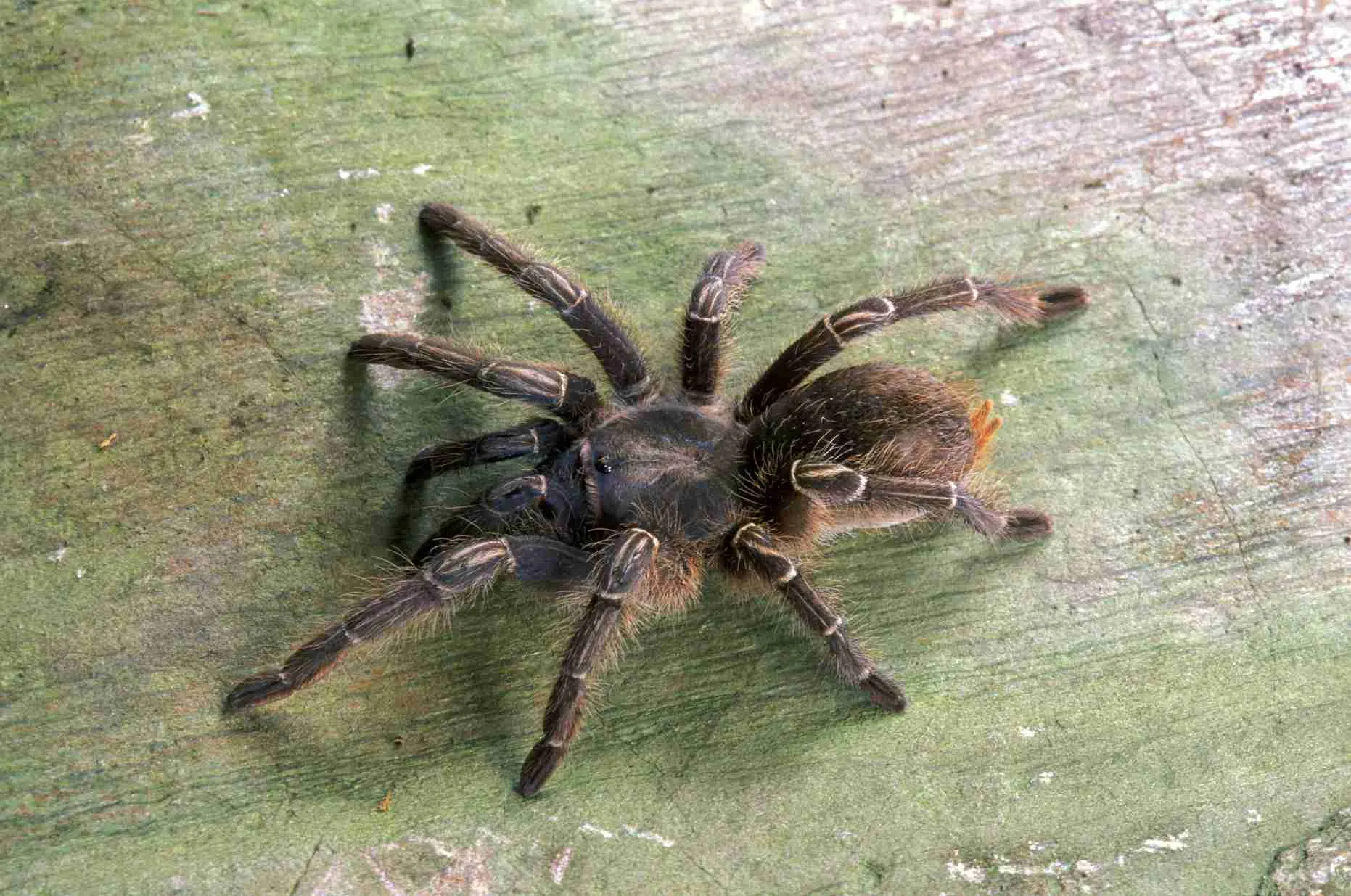
The frequency of feeding depends on the tarantula’s age, species, and metabolism. Spiderlings, or young tarantulas, need to be fed more often, usually every 2-3 days. Adults can be fed less frequently, often once or twice a week. Observe your tarantula’s behavior to gauge its appetite. If it consistently refuses food, it may be preparing to molt or be full. Remove uneaten prey within 24 hours to prevent stress and the risk of injury to the tarantula. Always ensure the tarantula has access to fresh, clean water. Adjust the feeding schedule based on the tarantula’s overall health and activity level.
Tarantula Dirty Pets Health Concerns
Like all pets, tarantulas can be susceptible to certain health issues. Recognizing the signs of illness and taking preventative measures are essential for ensuring a long and healthy life. While tarantulas are generally hardy creatures, several common health problems can affect them. Understanding these issues allows owners to identify problems early and take appropriate action. A proactive approach to health management is crucial to minimize health risks and ensure the well-being of your tarantula.
Common Health Issues
Some common health issues include fungal infections, caused by improper humidity levels or a dirty enclosure. Parasites, such as mites, can infest the tarantula and cause irritation. Respiratory problems may arise from poor ventilation or unclean conditions. Other issues include dehydration, limb injuries, and difficulties during molting. Early detection is critical in addressing these health problems. If you notice unusual behavior, such as lethargy, loss of appetite, or changes in appearance, consult a veterinarian experienced in exotic animals or an experienced tarantula keeper for advice.
Preventive Care and Hygiene
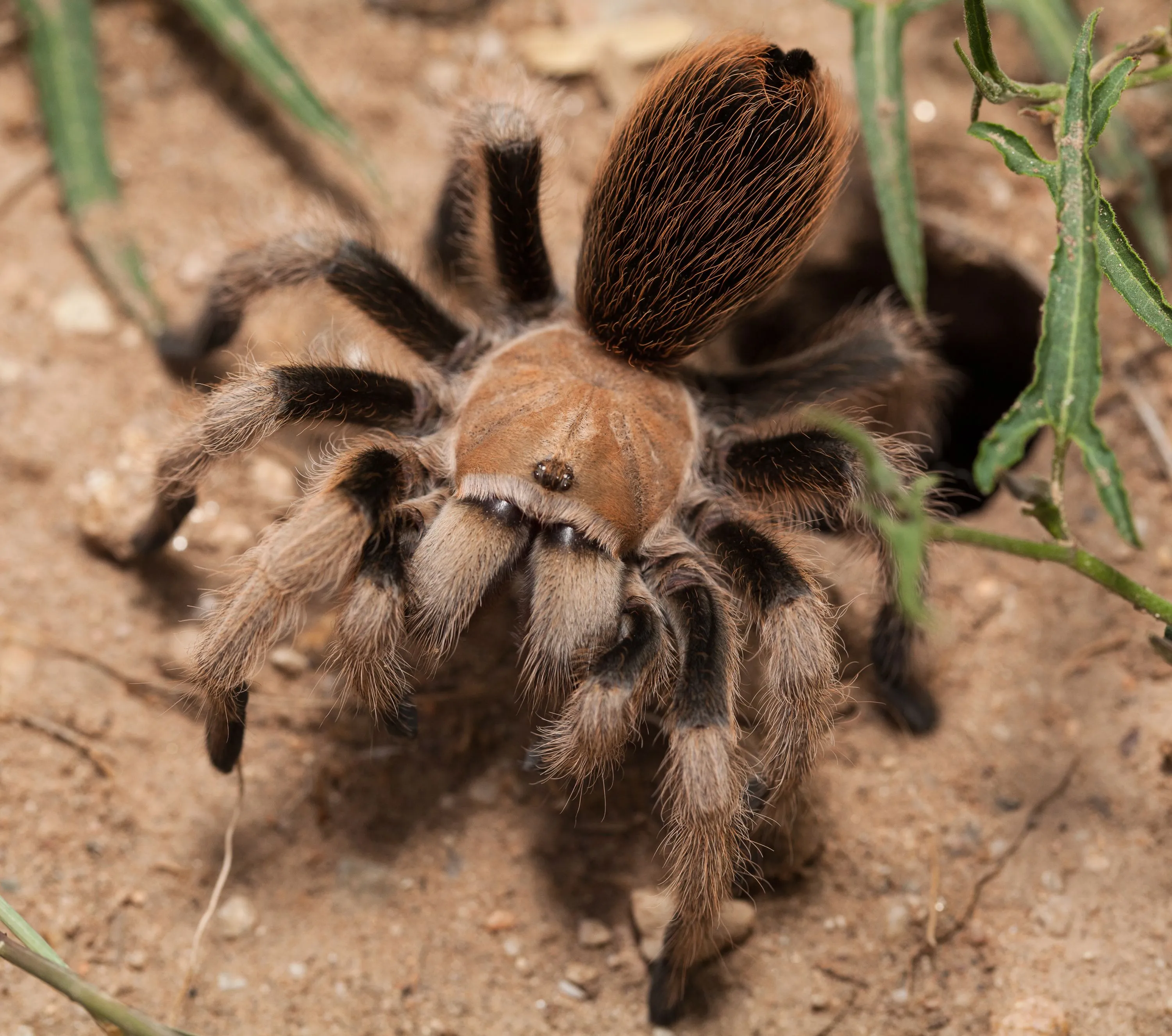
Preventive care is the best way to keep your tarantula healthy. Maintaining a clean and appropriate habitat is the cornerstone of preventative care. Regularly clean the enclosure and provide the correct humidity and temperature levels. Ensure the enclosure has proper ventilation to prevent fungal growth. Provide a balanced diet and avoid overfeeding. Regularly inspect your tarantula for any signs of illness, such as changes in appearance, behavior, or appetite. If you suspect a health issue, quarantine the tarantula and seek professional advice. Washing your hands before and after handling your tarantula minimizes the risk of transmitting diseases.
Tarantula Dirty Pets Where to Buy
When selecting a tarantula, it is essential to find a reputable breeder or supplier. This ensures that you receive a healthy tarantula and accurate information about its species. Research local pet stores and exotic animal suppliers. Verify that they have experience and expertise in tarantula care. Online forums and communities can offer valuable insights and recommendations. Prioritize breeders that provide detailed information about their tarantulas, including their origin, age, and care requirements. Avoid purchasing tarantulas from unreliable sources, as these animals may be unhealthy or misidentified. Choosing a reputable supplier increases the likelihood of owning a healthy and well-adjusted tarantula.
In conclusion, tarantulas can make fascinating and rewarding pets. By understanding their unique characteristics, cleaning requirements, feeding habits, and potential health concerns, owners can provide a healthy and enriching environment for their eight-legged companions. Remember to always research the specific needs of your chosen species and seek advice from experienced keepers or veterinarians when necessary. With proper care and attention, your tarantula can thrive, offering years of intrigue and enjoyment.
